OLEDs have a compelling advantage in the field of lighting. Compared to conventional incandescent lamps, OLEDs do not heat up when illuminated, and they lose less energy through heat dissipation. The experimental results show that the luminous efficiency of the new OLED is five times that of incandescent lamps, and its luminous efficiency is as high as 50% compared with standard low-energy lamps. Compared with traditional light sources, OLEDs consume less power, so consumers can significantly reduce their electricity bills by using OLEDs in the future.
According to a report released by market research firm NanoMarkets in September 2008, the world size of OLEDs for lighting and light sources is forecast to reach $4.5 billion in 2013 and will grow to $5.9 billion by 2015. In 2008, the lifetime of OLEDs for general lighting has been improved from 24,000 hours to 100,000 hours; and the US Department of Energy (DOE) originally predicted that the general illumination efficiency of OLEDs in 2014 will reach 150 lm/W; due to recent development acceleration, Amend it to 2012.
Table 1: Latest research results of OLED lighting
Based on these performance improvements, NanoMarkets predicts that the general lighting OLED market will reach $2.3 billion by 2015. The development of surface-emitting, flexible design lighting fixtures and the like is under development. NanoMarkets predicts that the OLED market for these special light sources (intelligent lighting fixtures, industrial equipment) will reach $1.9 billion by 2015.
Currently published OLED design lighting companies, such as IngoMaurer in Germany, use OLEDs manufactured by OSRAM OptoSemiconductors GmbH. GE (GeneralElectronic) of the United States has published a Christmas tree using OLED lighting, and the use of RolltoRoll printing technology to produce OLED components for lighting, the production cost is low, and thus the next expansion of the next generation of lighting can be seen.
Enter the "arms race"
In view of the broad prospects of OLED in the field of lighting, major lighting companies have entered the field, and began a new "arms race" in technology research and development.
On November 27, 2008, BASF and OSRAM Opto Semiconductors jointly developed a high-efficiency white organic light-emitting diode (OLED): this OLED is the first to achieve more than 60 lumens / watt of light, and At the same time, it meets the requirements of the color in the international "Energy Star SSL Standard". Although this level of luminous efficiency (luminous efficiency refers to the ratio between the luminous flux emitted by the luminaire and the power consumption; the stronger the emitted light, the less energy is lost.) It has already been realized, but the color value of OLED has not been available so far. Meet the requirements of the Planck curve color coordinate band specified in the Energy Star SSL Standard. The new OLEDs achieve color values ​​in this band, and their light maintains different levels of white light.
Since then, major companies have significantly accelerated the pace of research and development in OLED lighting. German IAPP, Matsushita Electric Works, Konica Minolta Technology Center, Japan Showa Denko and other companies and research institutions have published the latest research results, see Table 1. It is foreseeable that more companies, institutions and investors will enter the field in the future, and the competition for technology will become more intense. Undoubtedly, this will push OLED lighting technology into people's lives faster.
OLED lighting and white LED still have a gap of 2 years
From the perspective of luminous efficiency, OLED lighting has a gap of about 2 years with white LEDs at the R&D level. For example, in June 2008, US UDC published a luminous efficiency of 102 lm/W, and white light released by Nichia Chemical Industry in March 2006. The same level of LED. The service life is based on the initial half-life of 1000 cd/m2, and the life expectancy in 2006 is about 10,000 hours. After the structural adjustment of materials and components, it has reached 100,000 hours in 2007, and has a life of 200,000 hours in May 2008.
The cost is close to the practical level, the first stage is reduced to the level of white LEDs; the unit brightness cost is expected to drop to around 4 yen/lm when the volume is officially started; the final target must be reduced to 1 yen/lm. I hope to achieve it in 2015.
OLED luminescent materials are difficult to develop
The development focus of OLED luminescent materials is that energy efficiency is improved, energy saving, and large panel correspondence. The mainstream of mass production levels among OLED luminescent materials is fluorescent materials. In terms of TV use, fluorescent materials are still the mainstream from the viewpoints of material life, durability and reliability.
In the current trend of high refinement and low power consumption, it is also required to further reduce the power consumption of OLED luminescent materials. In order to meet this demand, phosphorescent materials with four times the luminous efficiency of fluorescent materials should be the best choice. . Osram's new OLEDs use phosphorescent metal complexes as luminescent materials and special materials to ensure optimum color temperature.
Lighting OLEDs are most suitable for high-quality, high-quality white OLED light sources. For the development of luminescent materials for such products, the recommendation of Japan's Idemitsu is to use a mixture of fluorescent materials and phosphorescent materials. In other words, blue is made of fluorescent material, and red and green are made of phosphorescent material to achieve high quality white light source.
In the future, if white light OLED lighting is to replace fluorescent lamps, it must have the advantage of low cost. At that time, all the phosphor materials must use phosphorescent materials to achieve low power consumption. Of course, the technical difficulty is extremely high.

strong stick force, no hazardous substance, difficult to corrode, soft, low temperature resistance, difficult to wear, strong high- temperature stability, easy operation, strong superficial anti-dirty ability, peeling strength distribution equality.
Colour:black,and also can customize.
*Related Products:Pvc Electrical Insulaion Tape, Insulation Tape ,Insulating Tape.
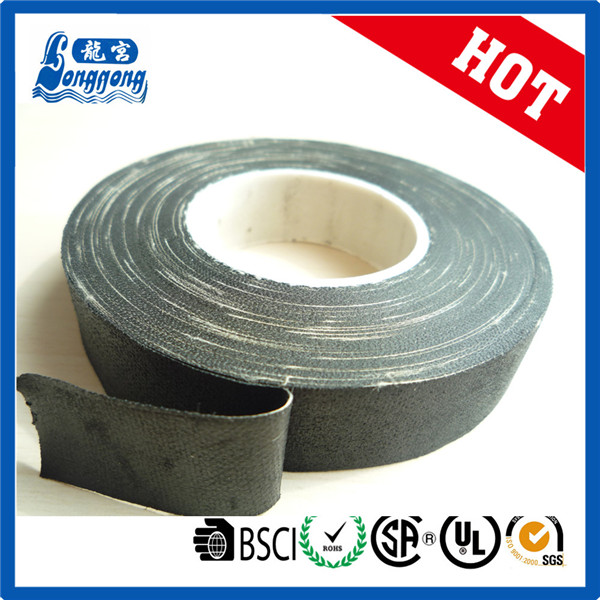

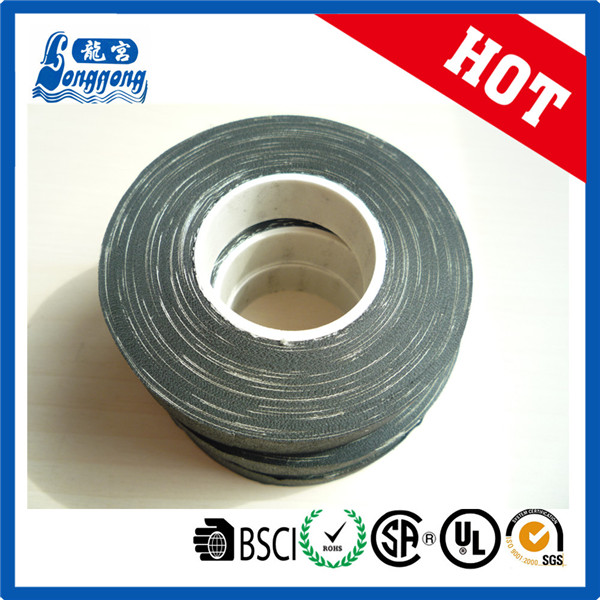
Function for fabric insulation tape: specialized in auto wire harness tape.This product is adopt good radix material,have strong superficial anti-dirty ability and high temperature resistance stability.It is a ideal choice for auto interior wire harness Adhesive Tape .
Packing for fabric insulation tape:
1. Each packed individually with label in small bag, 10 rolls per shrink.
2. Each packed individually in a LOGO printed box, 60/ 100 boxes in one carton.
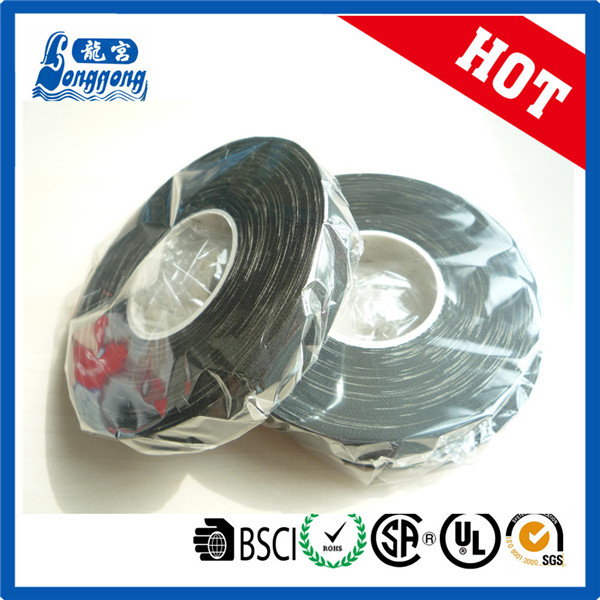
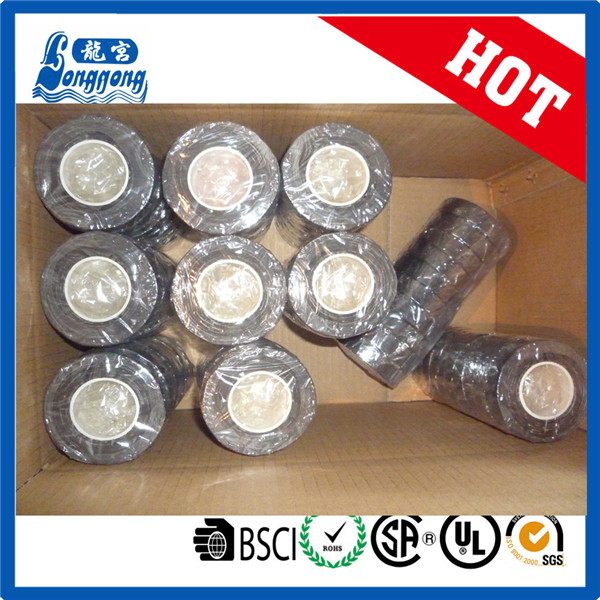
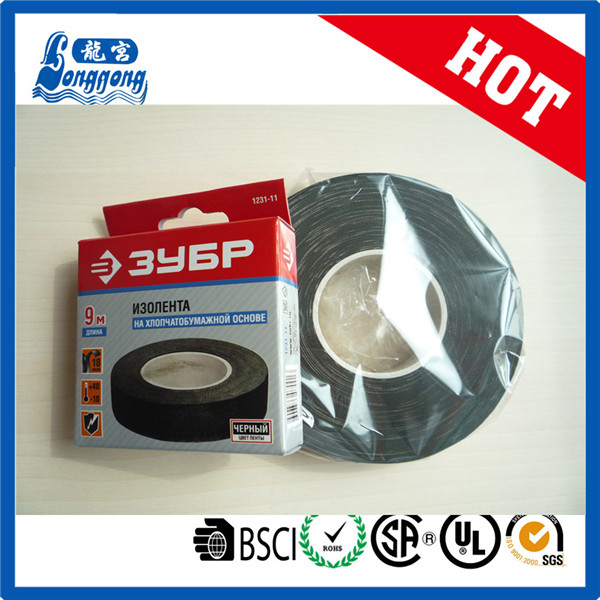
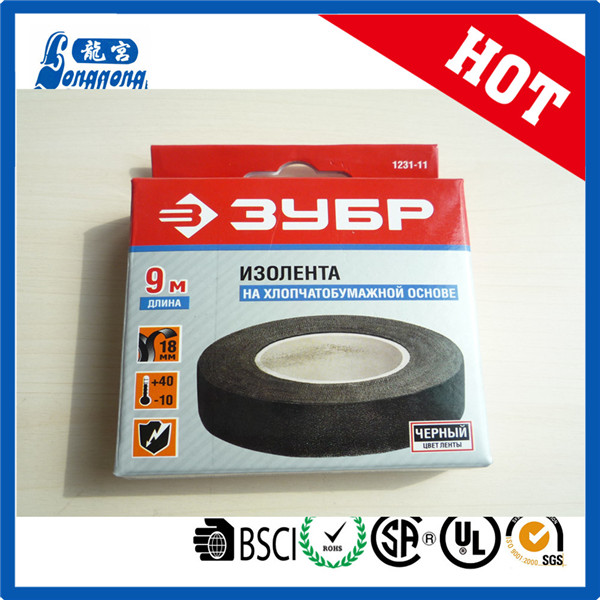
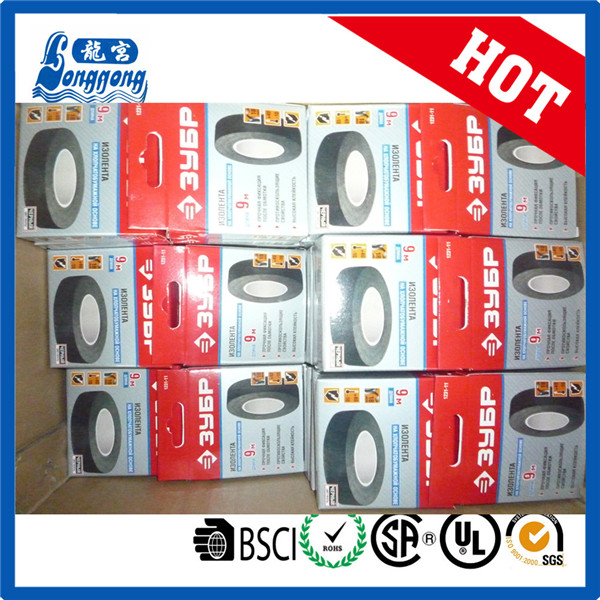
Fabric Insulation Tape,Black Fabric Insulation Tape,Pvc Electrical Insulaion Tape,Insulation Tape,Insulating Tape
Shijiazhuang Longgong Plastic Products Co., Ltd. , http://www.pvctapemanufacturer.com